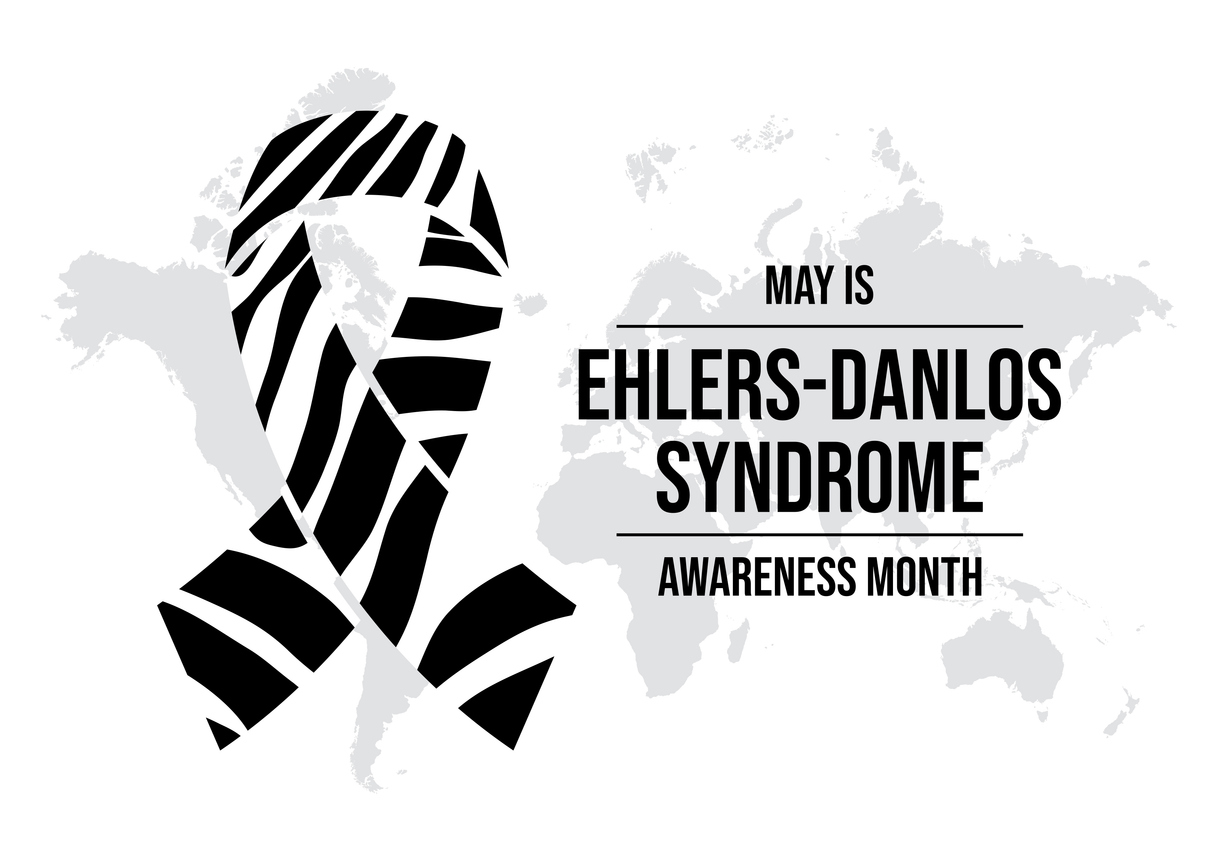Ehlers-Danlos Syndrome (EDS) is a group of inherited disorders that primarily affect the connective tissues, which provide strength and elasticity to the skin, joints, and blood vessel walls. This rare condition can present a wide range of symptoms and severity, making it crucial to understand its causes, symptoms, and management strategies.
Causes of Ehlers-Danlos Syndrome
EDS is caused by mutations in various genes that are responsible for the structure, production, and processing of collagen or collagen-related proteins. Collagen is a vital component of connective tissues, and defects in these genes can lead to weakened or overly elastic connective tissues. There are several types of EDS, each linked to different genetic mutations. These mutations are typically inherited in an autosomal dominant pattern, meaning one copy of the altered gene in each cell is sufficient to cause the disorder. However, some types of EDS can also be inherited in an autosomal recessive pattern.
Symptoms of Ehlers-Danlos Syndrome
The symptoms of EDS can vary significantly depending on the type and severity of the disorder. Common signs and symptoms include:
- Hypermobile Joints: Joints that move beyond the normal range of motion, leading to frequent dislocations and joint pain.
- Skin Elasticity: Unusually stretchy, soft, or fragile skin that can bruise easily and heal slowly, often leaving scars.
- Chronic Pain: Persistent pain in muscles and joints due to hypermobility and repeated injuries.
- Cardiovascular Issues: Problems with blood vessels, including easy bruising, varicose veins, and, in some severe cases, life-threatening complications like arterial rupture.
- Other Symptoms: Fatigue, gastrointestinal problems, and issues with internal organs can also be present.
Management and Treatment
While there is no cure for EDS, managing symptoms and preventing complications are key aspects of treatment. A multidisciplinary approach involving various healthcare professionals is often required. Here are some strategies to manage EDS effectively:
- Physical Therapy: Tailored exercises can help strengthen muscles around joints, improve stability, and reduce the risk of dislocations. Physical therapists can also provide advice on safe movements and activities to prevent injuries.
- Pain Management: Medications, including over-the-counter pain relievers and prescription drugs, can help manage chronic pain. In some cases, cognitive-behavioral therapy (CBT) is recommended to cope with persistent pain.
- Protective Gear: Using braces, splints, or other supportive devices can help stabilize joints and prevent dislocations.
- Skin Care: Gentle skin care routines and the use of protective padding can help protect fragile skin from injuries.
- Regular Monitoring: Regular check-ups with healthcare providers, including cardiologists, can help monitor and manage potential cardiovascular issues.
At PhysioHealth PT, we understand the complexities of living with EDS. Our team is here to provide personalized care and support. From tailored physical therapy programs to comprehensive pain management plans, we offer a range of services to help you manage your symptoms and improve your quality of life. Give us a call today at (781) 859-4189 or request an appointment online to schedule your consultation and take the first step toward a healthier, more active life.




